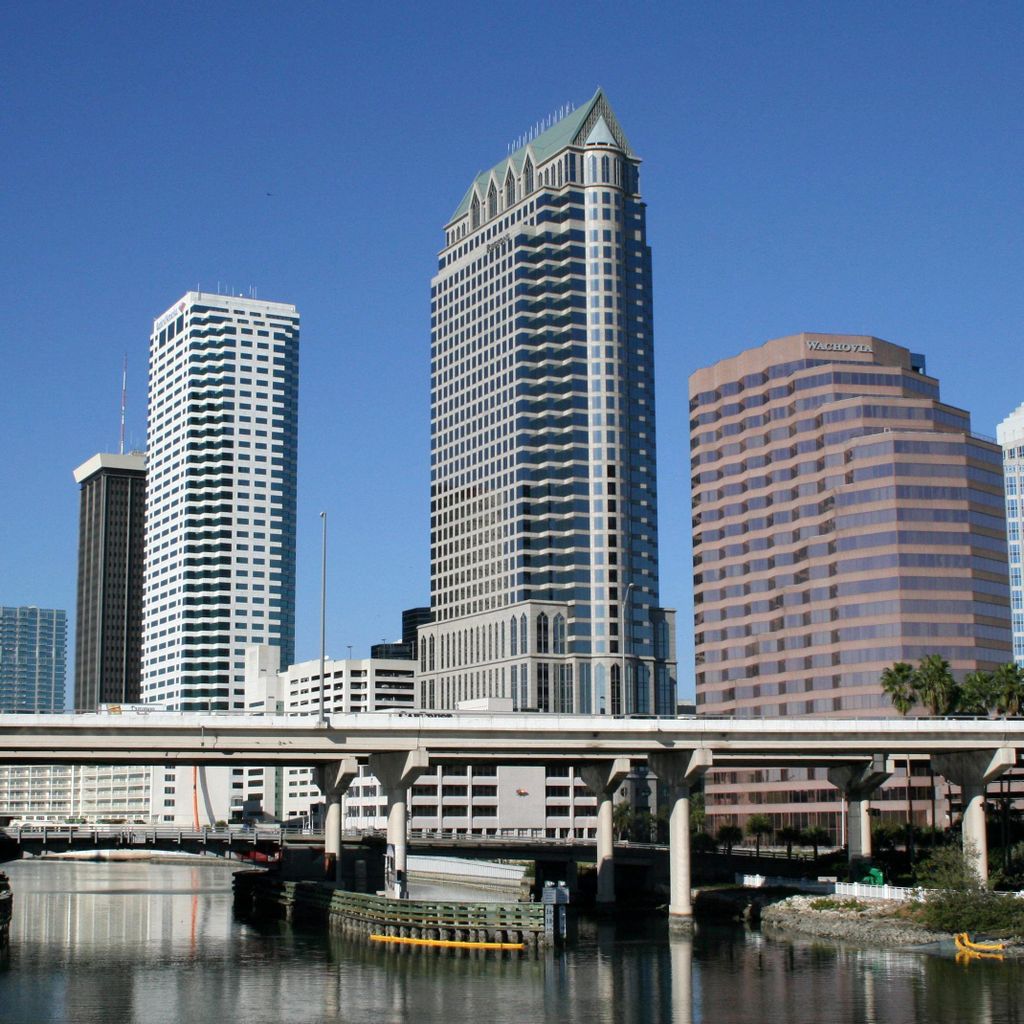Why Choose Us?
Our History
Pest Solutions of Tampa Bay was founded in 2004 by owner Ivan Grajales. After moving to Florida from Puerto Rico, Ivan worked with several large pest control companies, realizing that he could create a company that could deliver the same solutions but at a more affordable price and have to opportunity to create true, personable relationships with customers. From this dream, Pest Solutions of Tampa Bay was created. Pest Solutions, still to this day family-owned, has now helped thousands of customers over 15 years and has no intention of slowing down.

Our Mission: To Solve the Bay Area's Pest Issues.
Our mission is to provide a healthy, pest-free environment for our customers and their families by offering safe, effective, professional pest control. We believe and hold true to the following core values...expert training...quality control guaranteed, and exceptional customer service. We seek to continue to serve you for years to come.